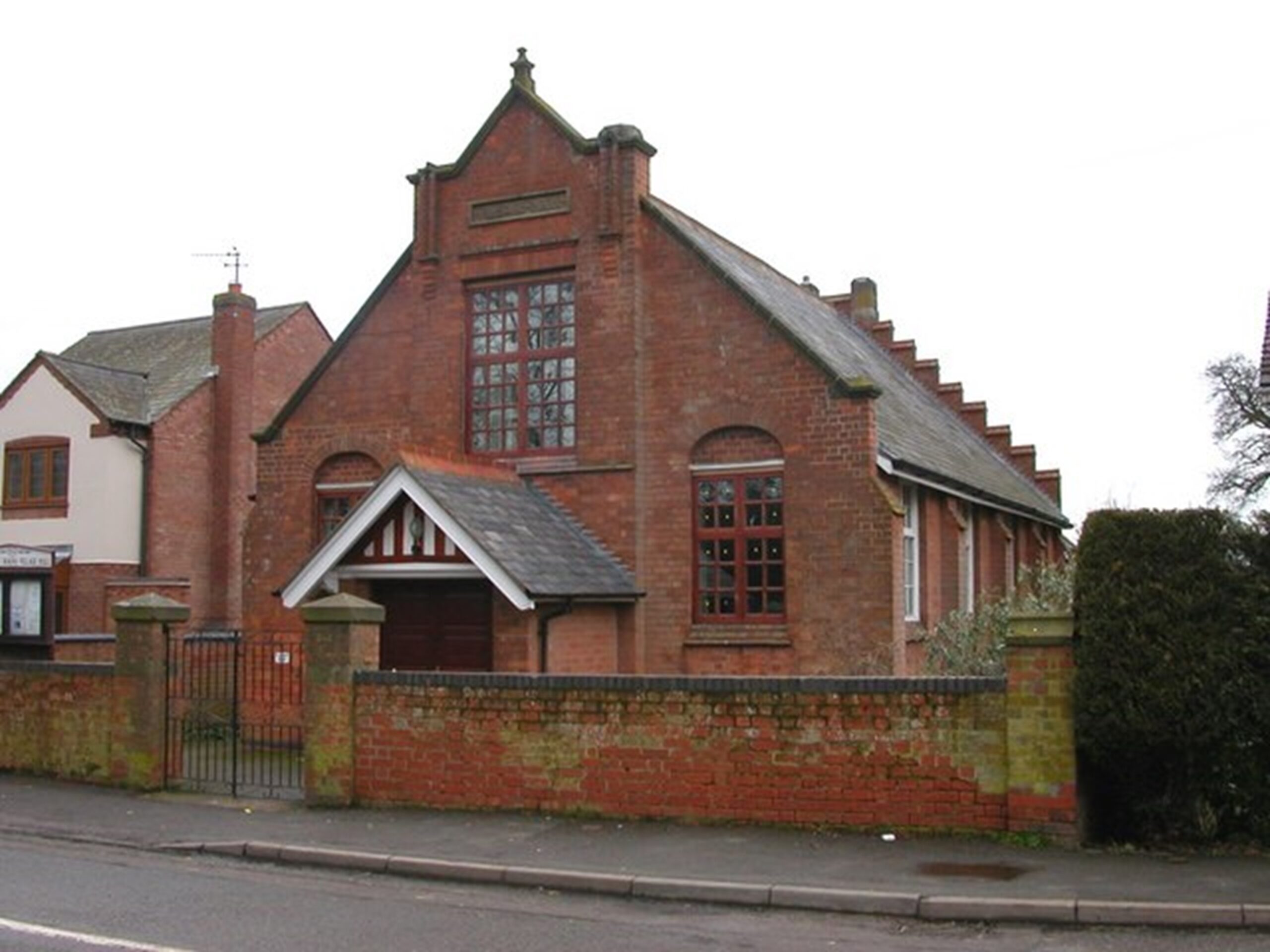History
 The village’s name means brook with “clayey soil’. Both Claybrooke Magna and Claybrooke Parva were listed in the Domesday Book of 1086 as being within the wapentake of Guthlaxton which centuries later was referred to as a hundred. The manor was managed by a local lord named Fulco, who was subordinate to the tenant-in-chief, the powerful Robert de Beaumont, 1st Earl of Leicester.
The village’s name means brook with “clayey soil’. Both Claybrooke Magna and Claybrooke Parva were listed in the Domesday Book of 1086 as being within the wapentake of Guthlaxton which centuries later was referred to as a hundred. The manor was managed by a local lord named Fulco, who was subordinate to the tenant-in-chief, the powerful Robert de Beaumont, 1st Earl of Leicester.
Originally, Claybrooke Magna was known as Great Claybrooke and includes the site of the Roman station Vennonæ. In the 1870s, the village had a population of 424 and 103 houses. Claybrooke Parva was known as Little Claybrooke. As the population and wealth of the region grew in the late 1800s, the ancient parish of Claybrooke was divided into the parish of Claybrooke Magna with an adjoining parish of Claybrooke Parva.
Claybrooke Magna has seven grade II listed buildings including the Claybrooke Mill House, Manor Farmhouse, Claybrooke Mill, Ashleigh and the Dairy Farmhouse. The Watermill dates from 1763 and was extended in 1840. Milling has taken place at the watermill for over 1000 years and most of the mill machinery is still intact. The mill continues to be in commercial operation and by 2014, the Miller produced over 40 different varieties of flour there. These products are sold and available from local outlets.
The Dairy Farmhouse includes an early 17th-century stable which was altered in the late 17th century. It is thought that the stable was originally part of an agricultural complex and became a listed building on 30 September 1993.
Claybrooke Village Hall is a traditional Victorian building located along the main street, which has been modernised in recent years to offer facilities for social and sporting events for the local community. It can accommodate up to 100 people in the main hall and the Meeting Room has space for up to 30.
In the 1960s new homes were built in Claybrooke on the site of the original woodyard and listed buildings such as Claybrooke Mill and Claybrooke Hall were refurbished. Although local amenities diminished at this time with the village shop and post office closing.
In 1972 Whitmores Timbers relocated their site in Bury St Edmunds to its current centrally located site within the village. The remains of the chapel still remain in Claybrooke Magna but is now used for storing machinery from the woodyard.
John Perkins was a local blacksmith who died in 1896, aged 62.The Leicester Chronicle, in its obituary said “ this village loses one of its best known and most highly respected tradesmen”. Not only was he a Master Tradesman, but also a volunteer in many community activities. He held various public offices, including that of Parish Constable, Clerk to the Burial Board and took a prominent part in the management of the various Village Sick Clubs. He is buried at St. Peter’s Church Cemetery in Claybrooke Parva.
Claybrooke Magna previously had three pubs in the village. One was ‘The Blue Bell’ which closed in the 1920s and was used as a bakehouse after closure. In 1986, it was recorded as being the private house of “The White House” but has since been demolished. ‘The Royal Oak’ was situated on the Main Road and was known as The Woodcutter at time of closure. Although, the village is currently home to a local pub called ‘The Pig in Muck’ it was originally known as the Bull’s head.
In July 2013, the pub opened its very own brewery to the general public allowing them to see how the beer is brewed. It is now brewing the Pig Pub Brewery cask conditioned beers which are all served within the pub and also at a sister pub located in Leicester City Centre.
A more macabre piece of history is that In 1997, TV actor Barry Evans, known for appearing in Doctor in the House TV series was found dead at his home in Claybrooke Magna. A youth was charged with attempted murder but later released and the coroner issued an open verdict. The exact circumstances surrounding his death remain a mystery.





